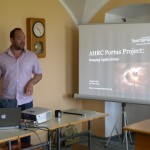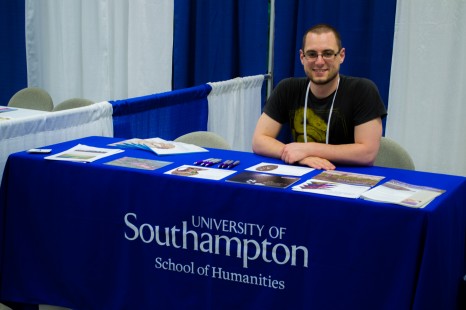PhD Studentship at the University of Southampton
Trade and commerce in Rome’s hinterland in the early and middle Republican period: Material culture approaches
Applications are invited for a fully funded Distance-Learning Doctoral Award at the Discipline of Archaeology, University of Southampton from October 2013. It arises out of the research collaboration between the University of Southampton and the British School at Rome that has been ongoing since 2006.
Continue reading →








